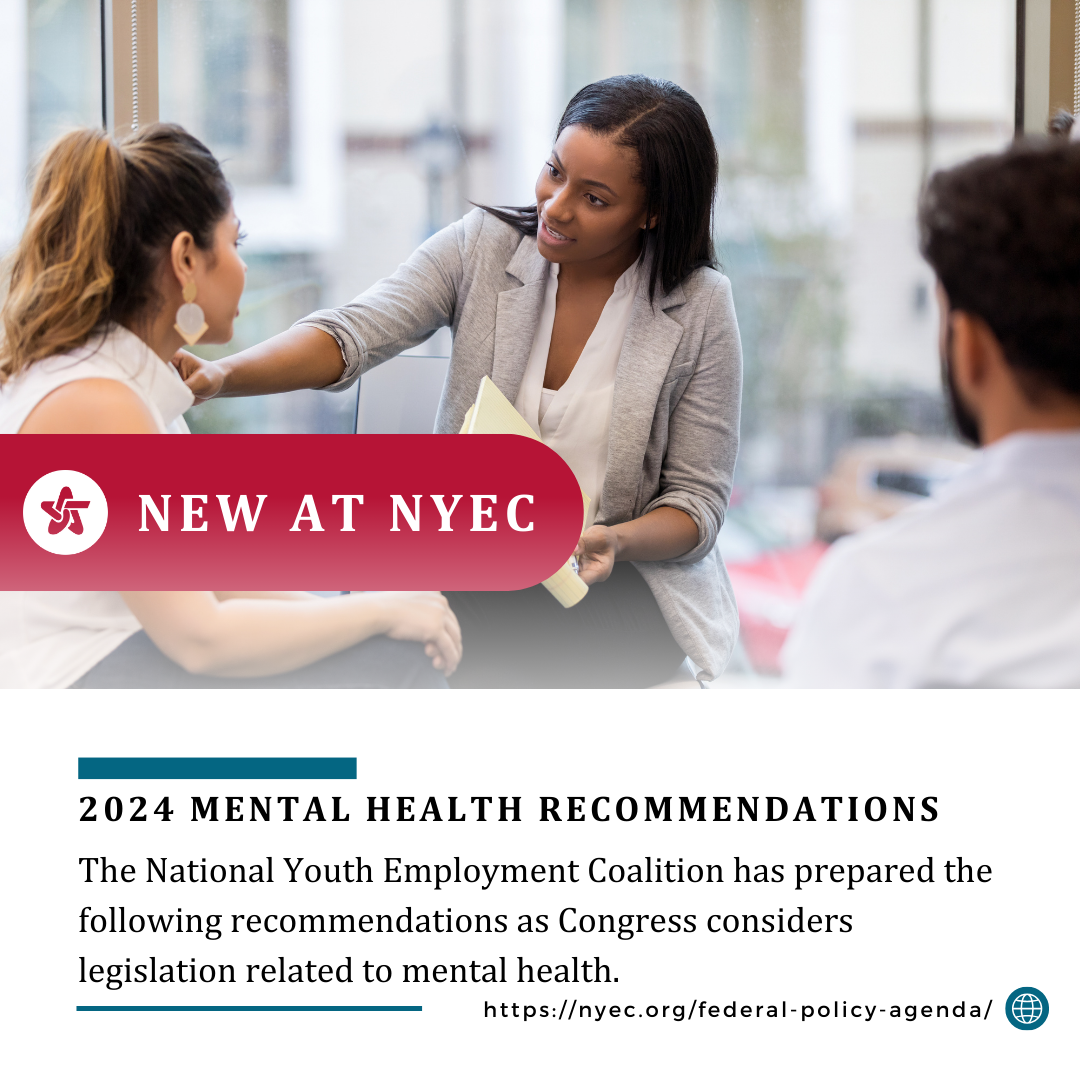The Challenge
Even as job growth continues and unemployment rates decline, 4.6 million young Americans remain disconnected from school and work. Disconnected from school and work, “opportunity youth” struggle to support themselves or their families. They also impose significant economic burdens on taxpayers through the costs of support services and forgone tax revenues. The good news is, we know what to do. With access to high quality pathways to education and careers, opportunity youth can achieve stability, earn professional credentials, and become productive citizens: The employees, entrepreneurs, and leaders who will propel our economy in the years and decades to come. All we need is the will to make this happen.
The Solution
Building on effective, evidence-based work through existing federal programs, we can reconnect 1 million young people per year. For four decades, the National Youth Employment Coalition (NYEC) and its members have documented best practices in connecting young people with employment. We understand what works, and we believe that our nation now has an historic opportunity to create a win-win for employers and young adults by building career pathways and talent pipelines that prepare and connect younger workers to employers with high-demand jobs that can support them and their families.

Three coordinated actions will put opportunity youth to work over the long term:
- Adequate Funding and Program Integrity for Existing Programs Congress must ensure adequate funding to meet the needs of the core federal programs serving opportunity youth, and reject attempts to undermine the integrity of these programs. In spite of bipartisan support for the program, WIOA state workforce formula funding has fallen 38% in inflation-adjusted terms since 2001. Similar cuts have befallen Job Corps and YouthBuild funding streams. Congress must also protect these critical funding streams from attempts to undermine their authorized purpose, such as new transfer authorities or consolidations.
- Safety and Security for Opportunity Youth Three major federal legislative efforts can increase the safety and security of some of the largest subpopulations of opportunity youth:
a. Juvenile-justice reform, starting with JJDPA reauthorization;
b. Comprehensive immigration reform; and
c. Strengthened and stabilized entitlement programs, including SCHIP and Medicaid. - Expand Higher-Education Options The coming reauthorization of the Higher Education Act (HEA) should include changes that improve access for youth and young adults to federal financial aid, and to programs that most benefit young people facing barriers to postsecondary education. Any changes to HEA will be meaningless without a strengthened Pell Grant; this includes increasing the maximum grant by the rate of the Consumer Price Index and repealing restrictions on access to Pell Grants for prisoners. Reauthorizing the Perkins Career and Technical Education Act offers another avenue for increasing postsecondary access for opportunity youth.

